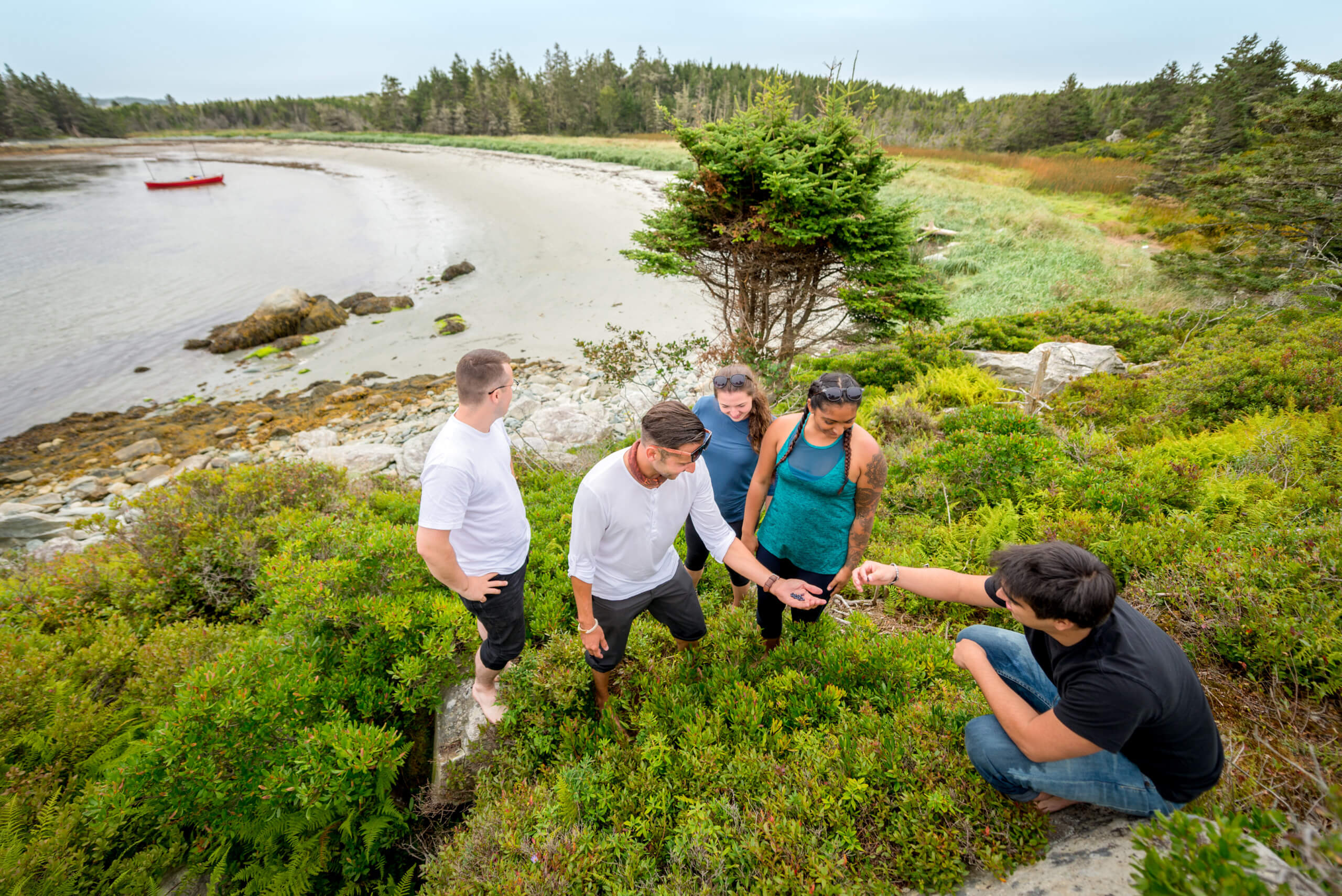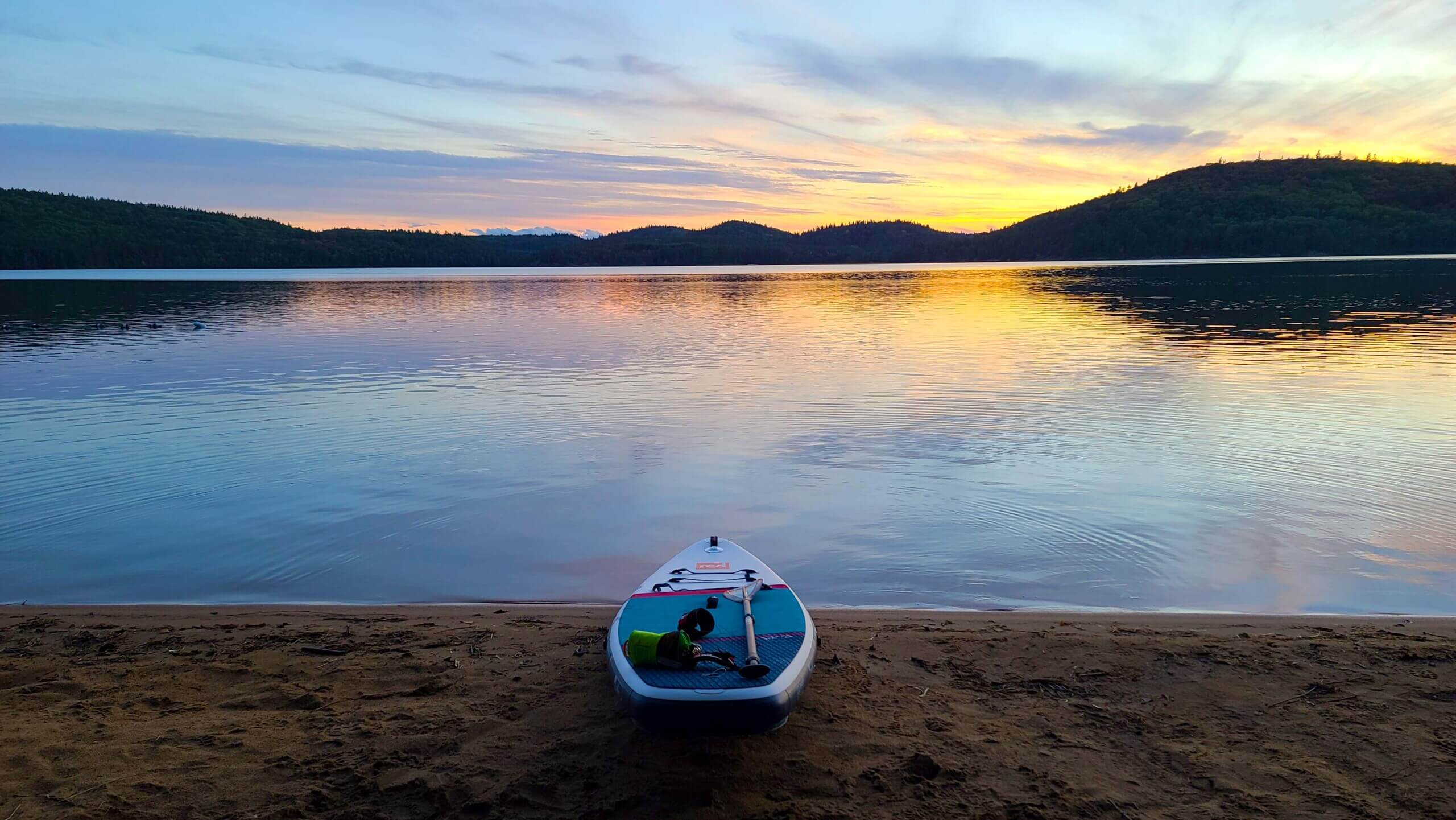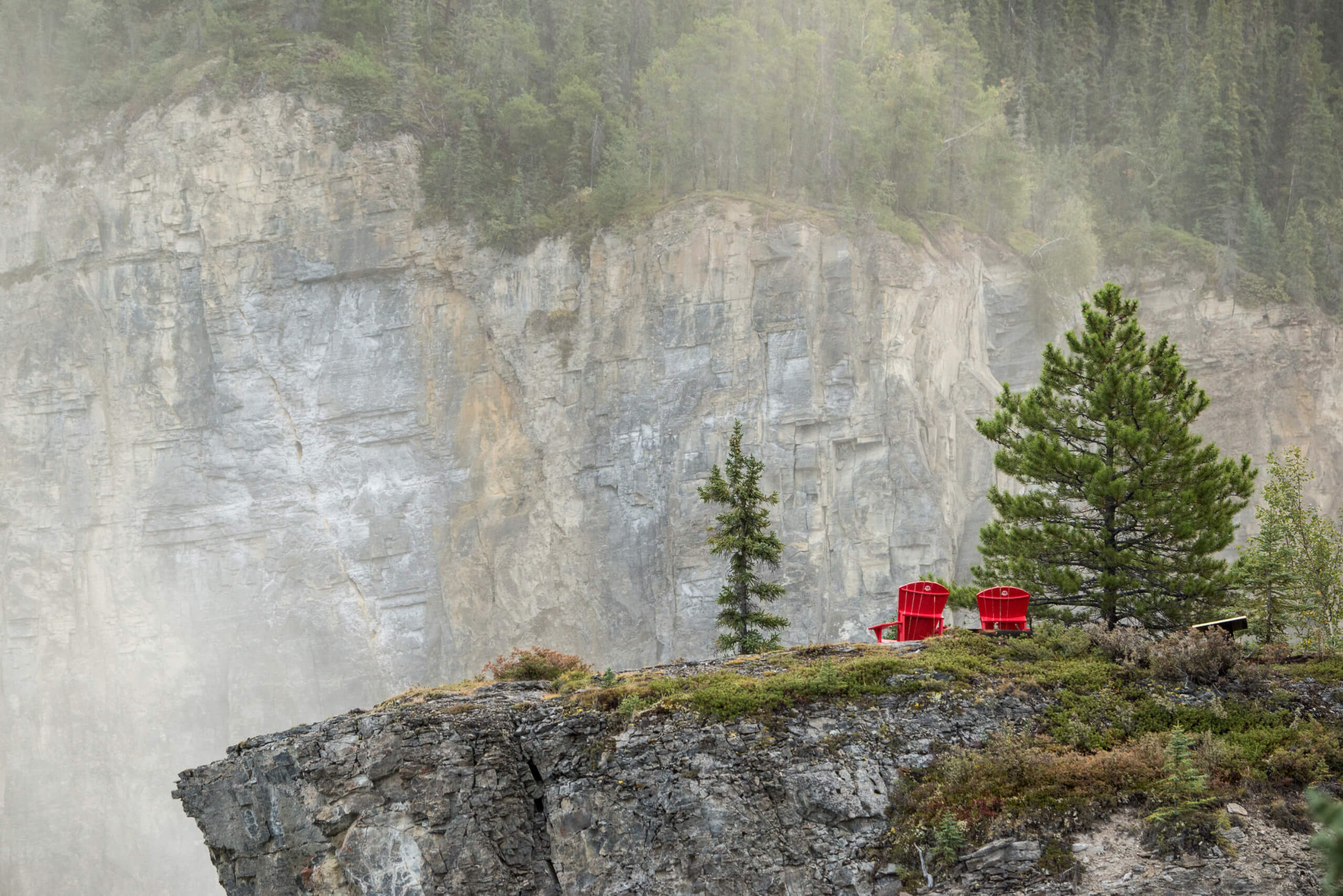Wild Islands Of Nova Scotia
If you follow the coast of Nova Scotia east from Halifax, you will soon come across a remarkable archipelago containing hundreds of coastal islands. Known as the Wild Islands, these largely untouched beauties contain some of the most bio-diverse ecosystems in the province.
If you’ve never heard of the Wild Islands, you’re not alone. Read on to learn more about this spectacular piece of Canada.
Where are the Wild Islands?
Part of a larger grouping called the Eastern Shore Islands, the Wild Islands are located just an hour east of Halifax. Protected from development thanks to the tireless work of the Nova Scotia Nature Trust’s 100 Wild Islands Legacy Campaign, these islands are open to the public for responsible exploration.
Even though they are largely known as the 100 Wild Islands, the grouping actually consists of 282 islands of various sizes situated between Clam Harbour and Mushaboom Harbour.
Some of the islands are actually quite large. In fact, three of them are more than 500 acres in size, putting them among the largest islands in the province. The others are smaller, with seven clocking in at more than 200 acres, while 127 at over an acre. The rest are tiny.
But all are vitally important, says the Nature Trust, and together function as one large ecosystem.
Why are the Wild Islands special?
When the Nova Scotia Nature Trust began exploring the Wild Islands, they discovered that they not only contained all of the coastal ecosystems found in the province, but many of them had not been touched since the last ice age.
The group discovered a rich biodiversity: rainforests, globally rare plants and lichens, hundreds of acres of wetlands, saltmarshes and eelgrass meadows. Some of the islands contain freshwater lakes, others are home to boreal forests and bogs that have not been disturbed by humans for more than 10,000 years.
While many of the larger islands contain beautiful sand beaches, turquoise coves and stunning moss-covered forests, even the smaller islands are vital as critical nesting sites for migrating birds. The islands are a refuge for 120 species of birds and an important habitat for many that are at risk.
The islands are a sea kayakers dream but can also be explored by boat. Camping is allowed in several areas but with the islands being so close to Halifax, day trips are also possible.
Here is a video to show you some of the coastal beauty:
Interested in a Nova Scotia getaway? Check out our Nova Scotia getaways or reach out to plan a custom itinerary.















